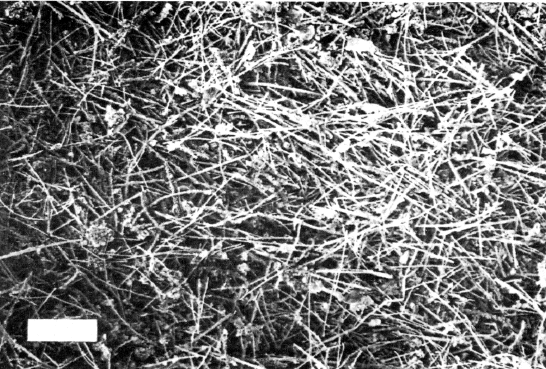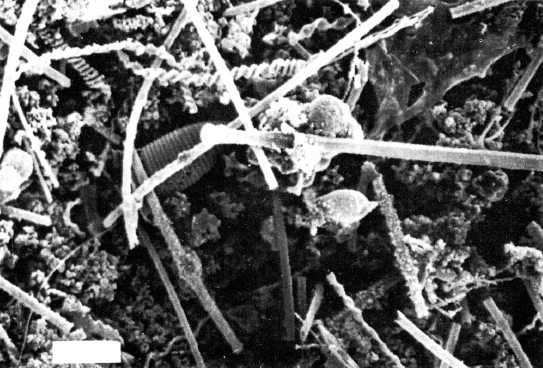Crater Lake Theories Face Peer Review
Park Science, Vol. 9, No. 4
Summer 1989, pp. 13
National Park Service
Dept. of Interior
A pear review panel of seven scientists is mulling the evidence for and against the proposition that hydrothermal features are responsible for some mysterious features at the bottom of Crater Lake.
What is beyond dispute is the evidence uncovered by Jack Dymond and Robert W. Collier, faculty members of the Oregon Slate University College 01 Oceanography, who have been exploring the lake for the past several summers. They have found excess heat. communities of bacteria, helium 3, arsenic, sodium, potassium. and a variety of other dissolved elements and gases.
The peer review panel met at OSU early in May and heard evidence for two opposing theories for the bacterial mats, higher temperatures, and above-normal concentrations of various chemicals: Hydrothermal springs feeding Into the lake from the depths, and an alternative hypothesis that warm ground water from the caldera rim could be seeping into the lake’s south basin by way of a landslide area known as the Chaski Slide.
Charles R. Goldman, professor of environmental studies at U/Cal/Davis and chairman of the peer review panel, called the issue of “hot or cold springs” one that is not “totally resolvable without additional information.”
That information could be forthcoming at the end of this summer, when Collier and Dymond will have completed their third and final year of lake exploration for the National Park Service.
Deadline for an interim report by the pear review panel to the U.S. Congress was extended lo June 30. 1989. According to Dr. Goldman, the panel will make “a number of suggestions” including advising better integration of other aspects of the NPS limnological study program with the particular kinds of investigations of thermal properties of the lake done by Dymond and Collier.
Of particular interest to Crater Lake NP visitors will be interpretation of the intricacies of the bacterial mats found deep in the lake byway of the submersible Deep Rover. Collier and Dymond will be exploring in Deep Rover again this summer, but will use what they hope will prove a more satisfactory navigational system than the one they used in1988. The bacteria, identified as of the genera Gallionella and leptothrix, can occur in areas fed either by cold or thermal springs.
The peer review panel, charged with evaluating and coming to some conclusions about the evidence for and/or against thermal features in the lake, consists of the following members in addition to Dr. Goldman:
Ken H. Nealson, professor of biological sciences at the Center for Great Lakes Studies, University of Wisconsin, Milwaukee; Joris M. Gieskes, professor of marine chemistry at the Scripps Institution of Oceanography, La Jolla, Calif.: David D. Blackwell, professor of geological sciences, Southern Methodist University, Dallas, Tex.; James McClain. associate professor of geology at U/Cal/Davis; Ivan Barnes, a geochemist with the U.S. Geological Survey, Portland, Ore., and Jorg Imberger, professor of civil engineering, University of Western Australia, Perth.
Other pages in this section



